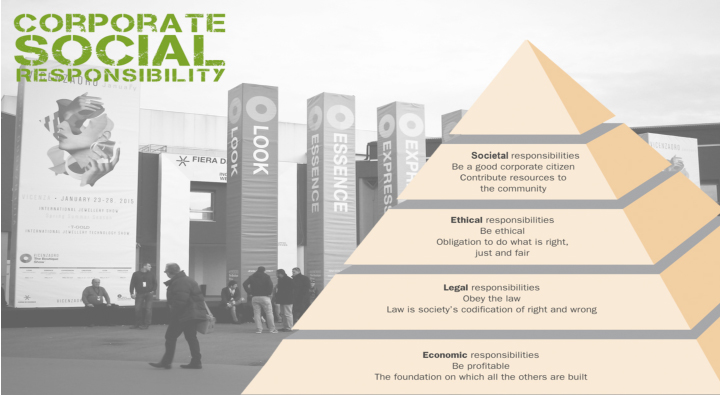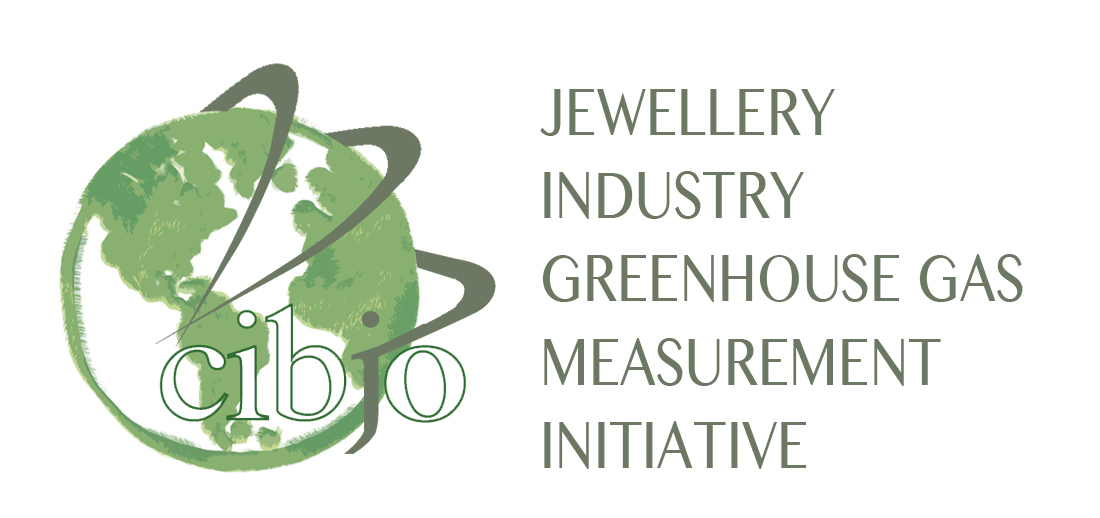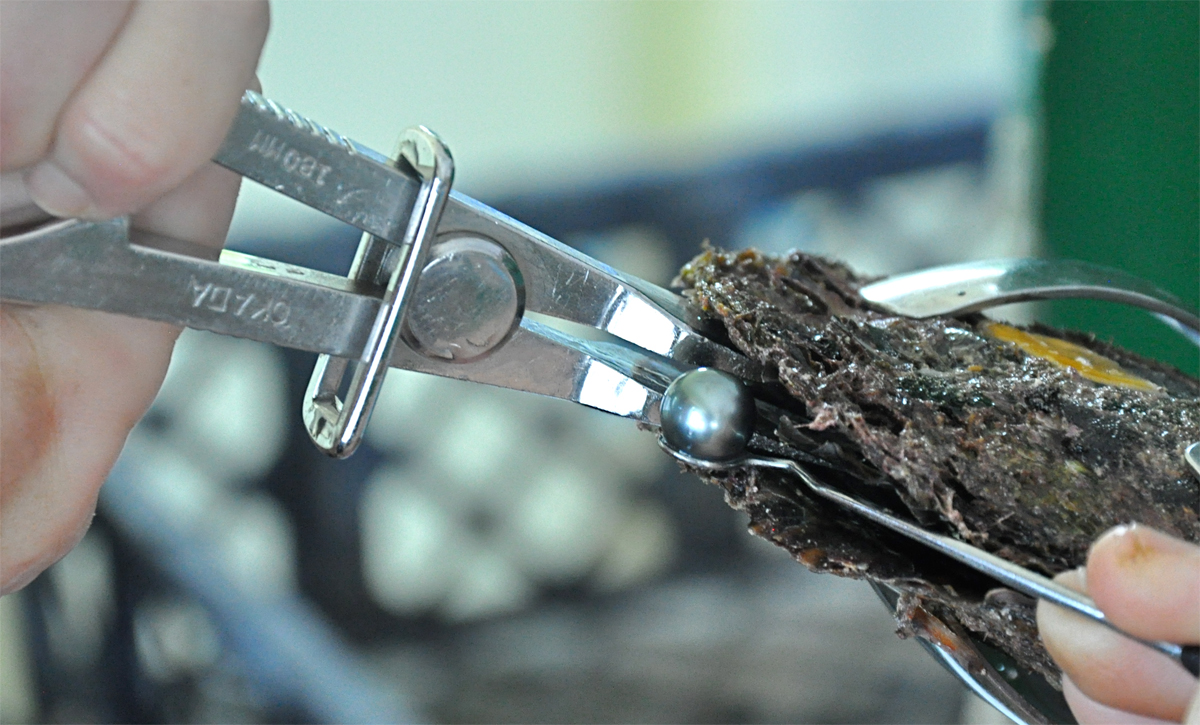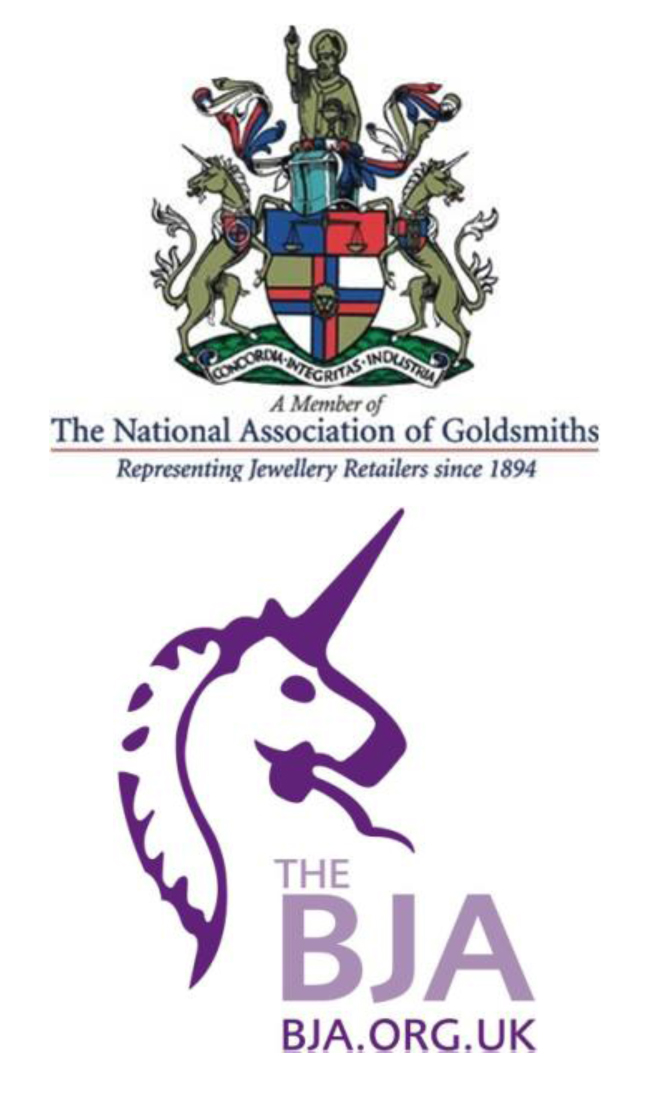Corporate Social Responsibility strategies for the jewellery industry
Corporate Social Responsibility strategy in the gemstone and jewellery sectors came under focus at a well-attended seminar conducted during the VICENZAORO January trade show, in Vicenza, Italy, on January 24.
The seminar was part of CIBJO’s and Fiera di Vicenza’s joint programme to promote CSR education in the jewellery sector, and also was supported by Gemfields PLC, the world’s largest coloured gemstone mining company.
The basic premise of the seminar is that, in the current business environment, CSR no longer is practice that one chooses to follow or not. It has become a required component of every company and organization in the industry, which individually must be able to describe its approach, and if possible quantify it. There was a special focus on the coloured gemstone sector, with three of the speakers associated with that industry.
The panel of speakers at the seminar included:
- Dr Gaetano Cavalieri, President of CIBJO, who spoke of CSR as an essential business strategy in the jewellery sector.
- Corrado Facco, Managing Director of Fiera di Vicenza and President of CIBJO’s International Trade Fair Commission, who provided a concise introduction of Corporate Social Responsibility in the jewellery sector.
- Eduardo Escobedo, Executive Director of the Responsible Ecosystems Sourcing Platform (RESP), who discussed sustainability and responsible environmental strategies in the coloured gemstone sector.
- Ian Harebottle, CEO of GemFields PLC, who presented his company as a case study for implementing CSR principles in the coloured gemstone sector.
- Dr Donald Feaver, Chief Technical Officer of Branded Trust Assurance Systems, who outlined supply chain and CSR compliance strategies.
- Paolo Cesari, President of Assogemme, the Italian Association Precious Gemstones and Related Material, who described his organisation’s programme to create and introduce a supply chain compliance system for the Italian coloured gemstone sector.
The moderator of the seminar was Steven Benson, CIBJO’s Director of Communications.
“To present your company as a firm with a social conscience not presents it in a positive light, but also communicates to consumers that, when they buy jewellery, they are making a positive contribution to society,” said Mr. Facco, during his introduction. “In the modern business environment it is not enough to just behave correctly, you have to be seen to be behaving correctly.”
“Through Corporate Social Responsibility we can safeguard the long-term health of our industry”” Dr. Cavalieri said in his address. “By showing our commitment to our stakeholders, demonstrating that they too will be provided with fair and equitable opportunities to benefit from the jewellery enterprise, they will be incentivised to invest and reinvest in their future and that of the entire industry.
Download the presentations delivered at the CSR seminar:
- Dr Gaetano Cavalieri (CIBJO): CSR as an essential business strategy in the jewellery sector. [Download PRESENTATION][Download NOTES]
- Corrado Facco (Fiera di Vicenza): Introduction to Corporate Social Responsibility in the jewellery sector. [Download PRESENTATION][Download NOTES]
- Eduardo Escobedo (RESP): Sustainability and responsible environmental strategies in the coloured gemstone sector. [Download PRESENTATION]
- Ian Harebottle (Gemfields): Gemfields as a case study for implementing CSR principles in the coloured gemstone sector. [Download PRESENTATION]
- Dr Donald Feaver (Branded Trust): Supply chain and CSR compliance strategies. [Download PRESENTATION]
- Paolo Cesari ( Assogemme): The programme to create and introduce a supply chain compliance system for the Italian coloured gemstone sector. [Download PRESENTATION] *In Italian
- Steven Benson (Moderator): Introduction to seminar and speakers [Download PRESENTATION][Download NOTES]








